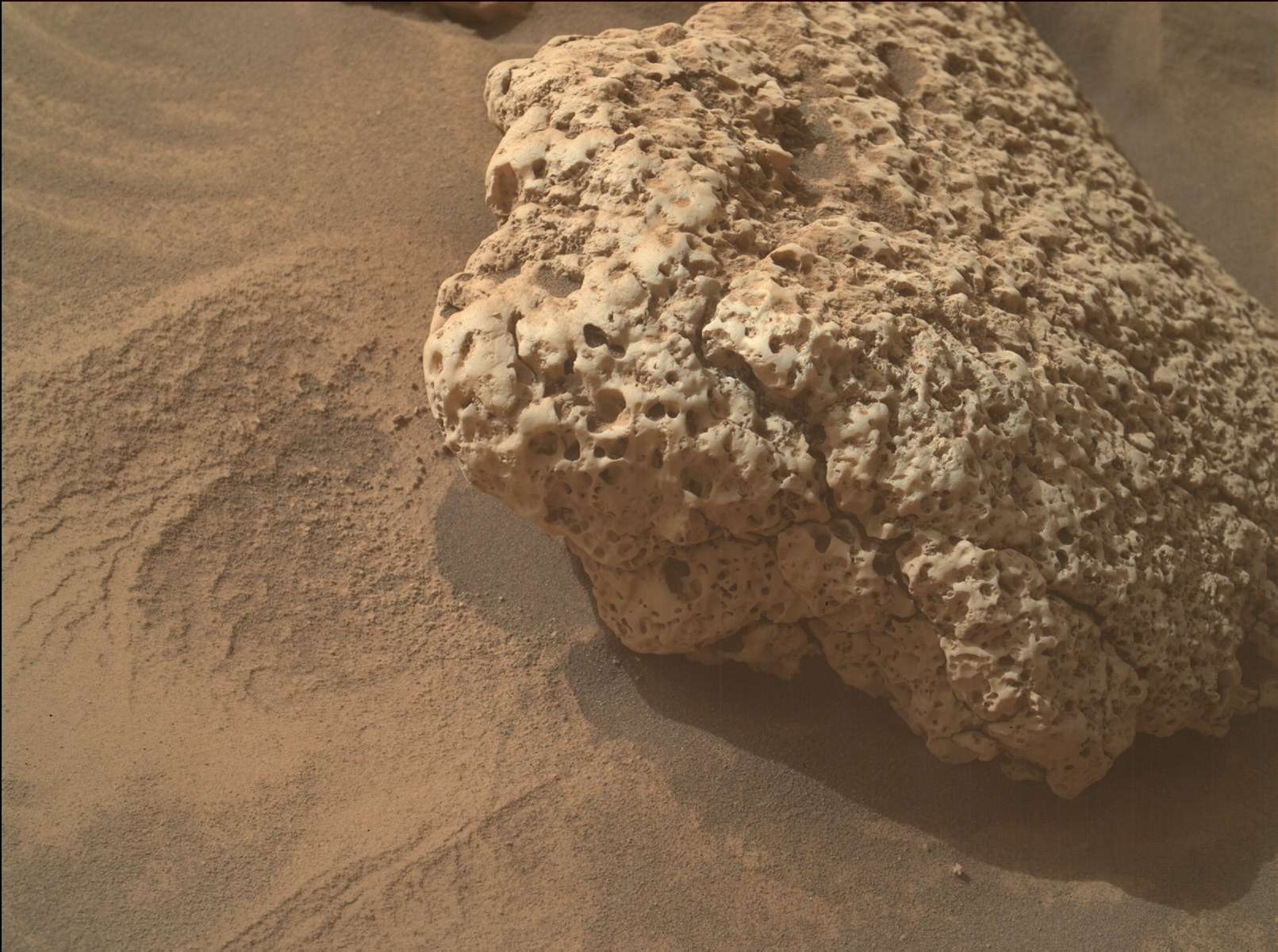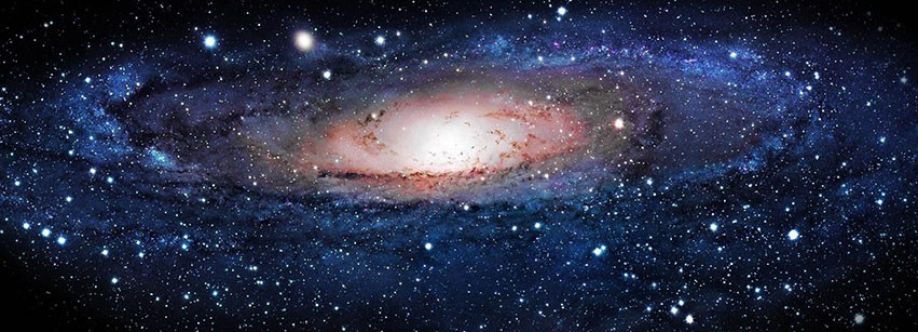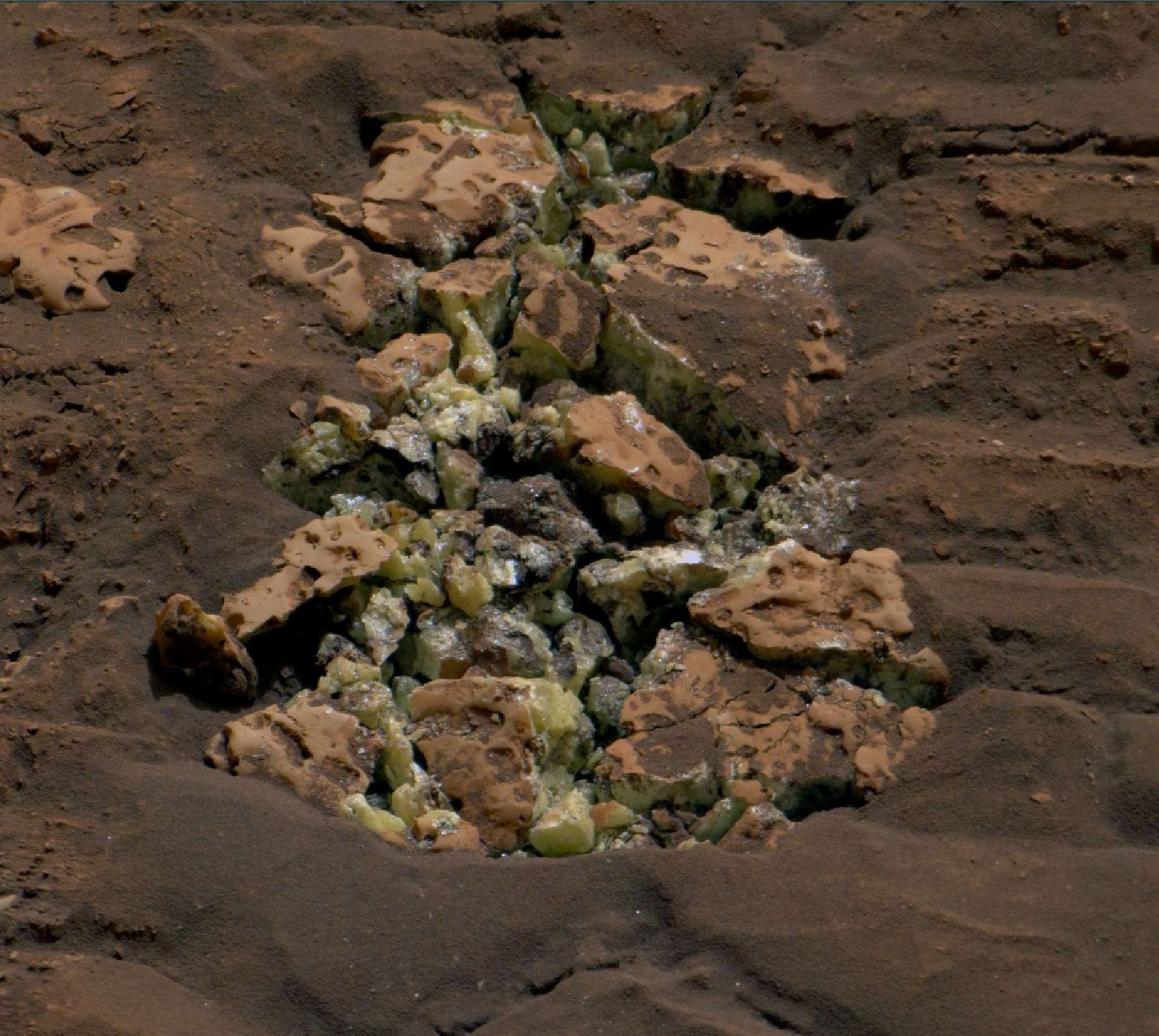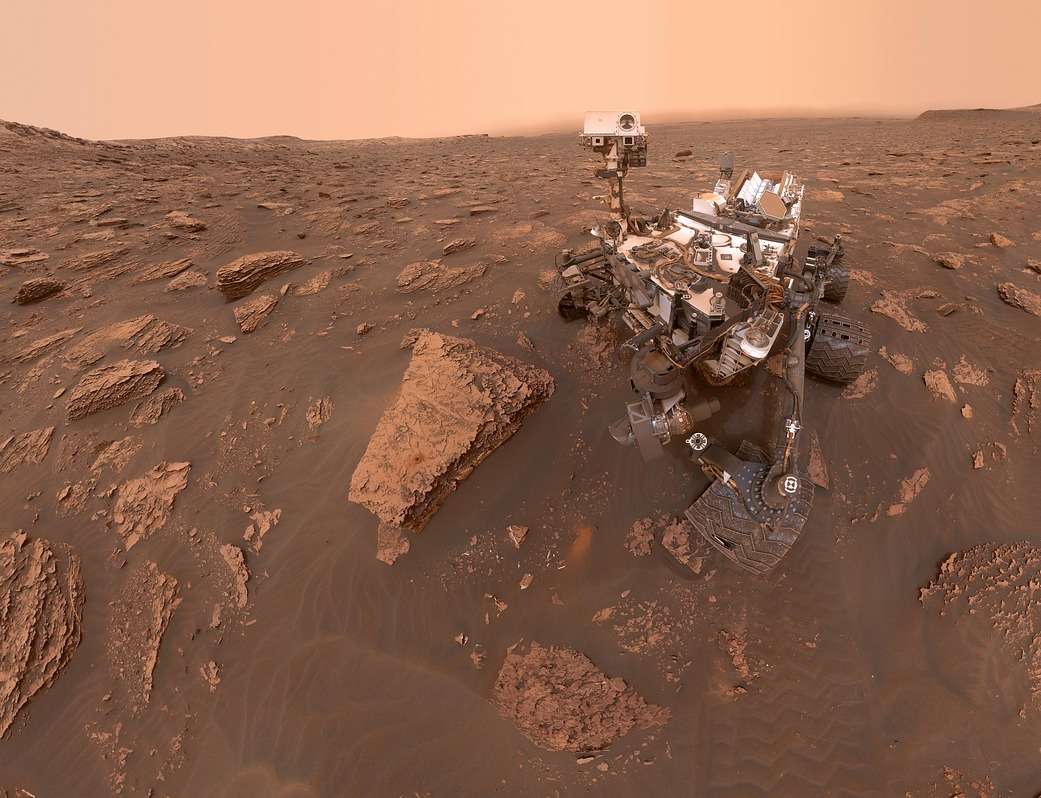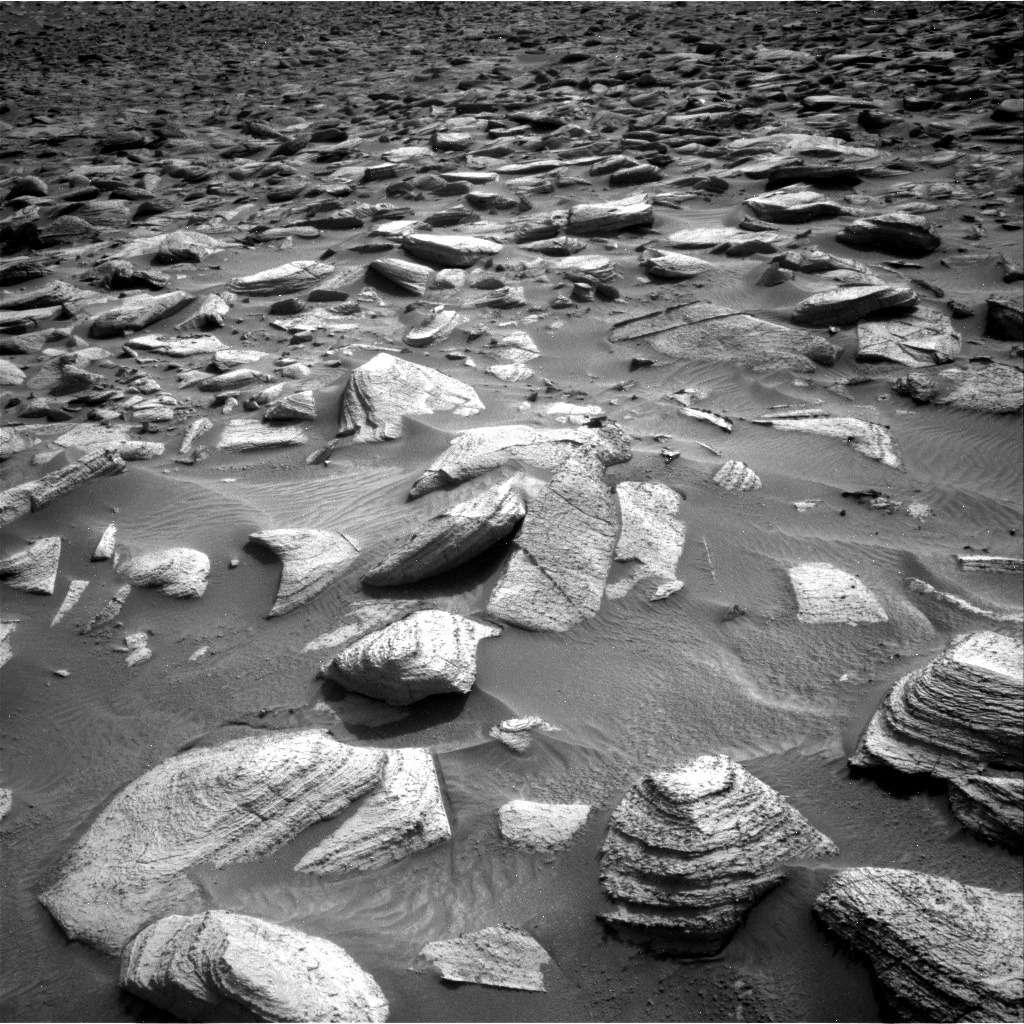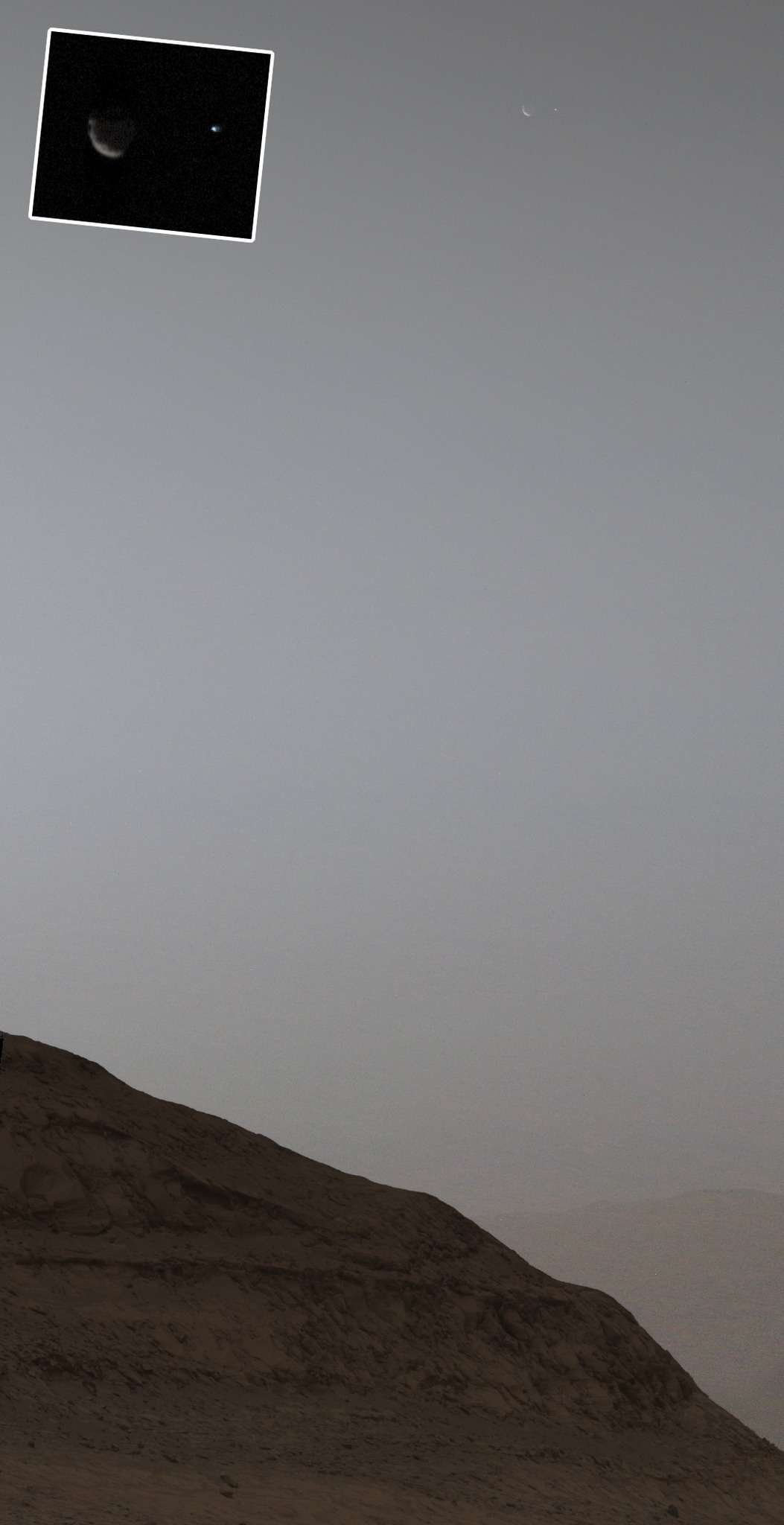🔍 If you don’t stop and look around once in a while, you might miss some truly amazing rocks!
Check out this close-up shot of a fascinating rock I encountered during my exploration. Captured with my MAHLI (Mars Hand Lens Imager) instrument, this rock is only about 6 inches across, but it holds some incredible details worth investigating.
I decided to stick around at this parking spot to conduct as much contact science as possible on these unique formations. Each rock tells a story, and taking the time to analyze them up close helps us unravel the geological history of Mars.
Who knows what secrets this little gem might reveal? Stay tuned for more discoveries from the Red Planet!
Image Credit: NASA/JPL-Caltech
#marsexploration #curiosityrover #contactscience #rockdiscovery #redplanetadventure #mars
